In the construction of reinforced concrete structures, reinforcement bars must be tied together in order to hold them in place and to also facilitate the transfer of stresses from one bar to another. The joint between two different rebars should be rigid such that they are not displaced during concreting.
There are specific rules or guidelines for fixing and tying of reinforcements. It is not necessary to tie every joint of reinforcing bars, however, it is not recommended to tie at alternate spacing exceeding 50 times the diameter of the bar.
Tying of reinforcements is usually done using steel binding wire, or any other type of approved flexible wire. This can be done manually or by the use of special machines. A good binding wire should be soft, possess high strength and ductility, and should easily be bent to tie a knot.
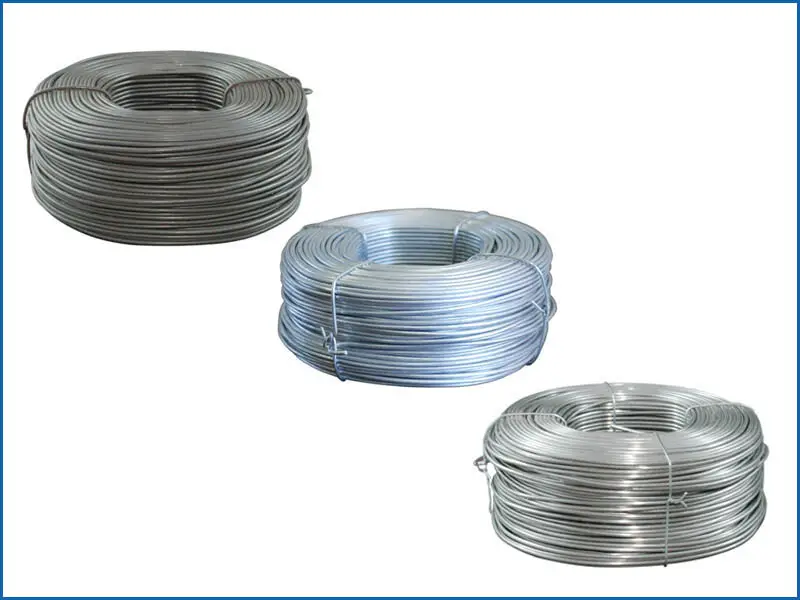
The current British Standard or guideline for tying reinforcement can be found in the document BS 7973-2:2001 (Spacers and chairs for steel reinforcement and their specification — Part 2: Fixing and application of spacers and chairs and tying of reinforcement).
The following guidelines given below according to BS 7973-2:2001 apply to the tying of reinforcement in various reinforced concrete elements. It should be noted that the projecting end of binding wires should not be allowed to encroach into the concrete cover of the structure. In water retaining structures, this can be a source of leakage.
Fixing and tying of reinforcement in slabs
In reinforced concrete slabs, perimeter bars shall be tied at every intersection. For bars up to and including 20 mm, alternate intersections shall be tied. Reinforcement at right angles to the edge of the slab shall be fixed by locating the bar with the specified end cover and tying it from that end inward. Where all bars are 25 mm or larger they may be tied at greater than alternate intersections but not exceeding 50 times the size of the smallest bars.
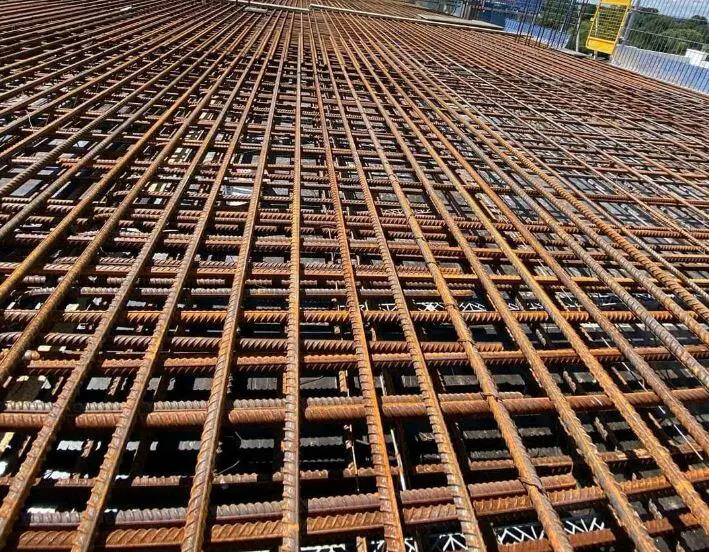
Fixing and tying of reinforcement within beams
In a reinforced concrete beam, every intersection of a corner of a link with a longitudinal main bar shall be tied. Other bars within the links shall be tied at 50D centres. Where welded fabric is used as a link cage, it shall be tied at 50D centres to the main bars. Each set of multiple links shall be tied together.
Fixing and tying of reinforcement within columns
Because of the importance of keeping the main vertical bars in their correct position, every intersection between vertical bars and links shall be tied in reinforced concrete columns. For link cages made of welded fabric the vertical wires shall be tied at 50D centres to the main bars. Each set of multiple links shall be tied together.
Fixing and tying of reinforcement within foundations
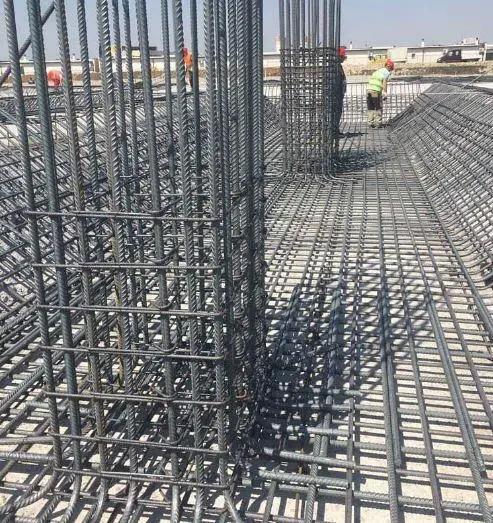
In pad footings, the horizontal part of starter bars shall be tied at every intersection with the foundation reinforcement at right angles to the starter bars and any bars parallel to it. The vertical part of the starter bar shall be tied at every intersection with any column links within the foundation.
Fixing and tying of reinforcement within walls
In reinforced concrete walls, perimeter bars shall be tied at every intersection. For bars up to and including 20 mm, alternate intersections shall be tied. Reinforcement at right angles to the end of a wall shall be fixed by locating the bar with the specified end cover and tying it from that end inward. Where all bars are 25 mm or larger they may be tied at greater alternate intersections but not exceeding 50 times the size of the smallest bars.
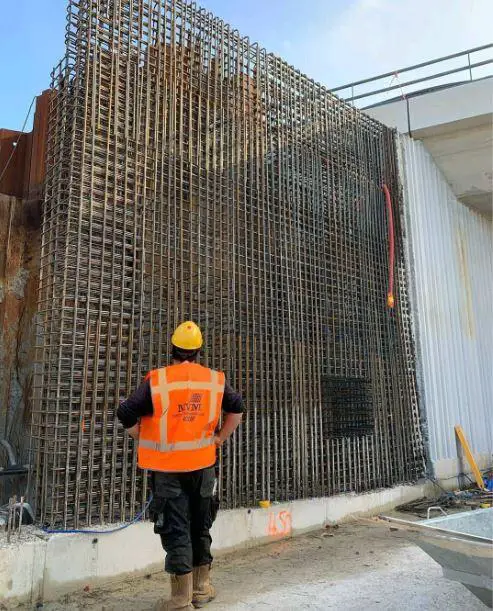

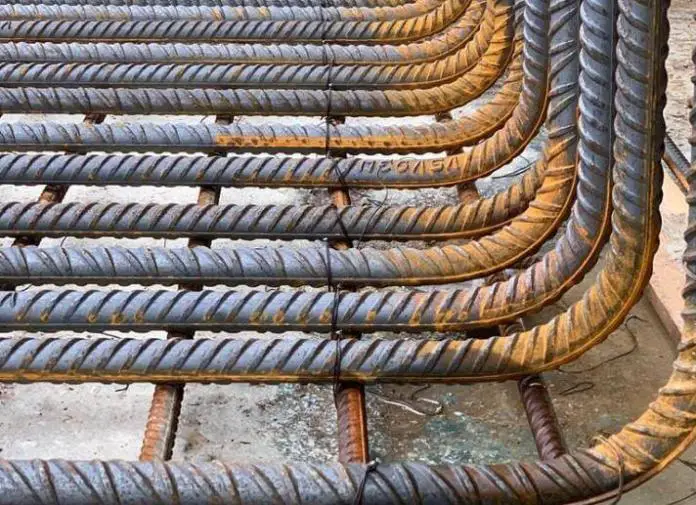









Good Article.
The BS for the tying using different knots is very important.
Thanks.
C. C
Fear iron bender!
I have learned more about tying reinforcement bars. Thanks for sharing.
the consultant is insisting to tie all intersections and where we should find an authentic document to defend this.